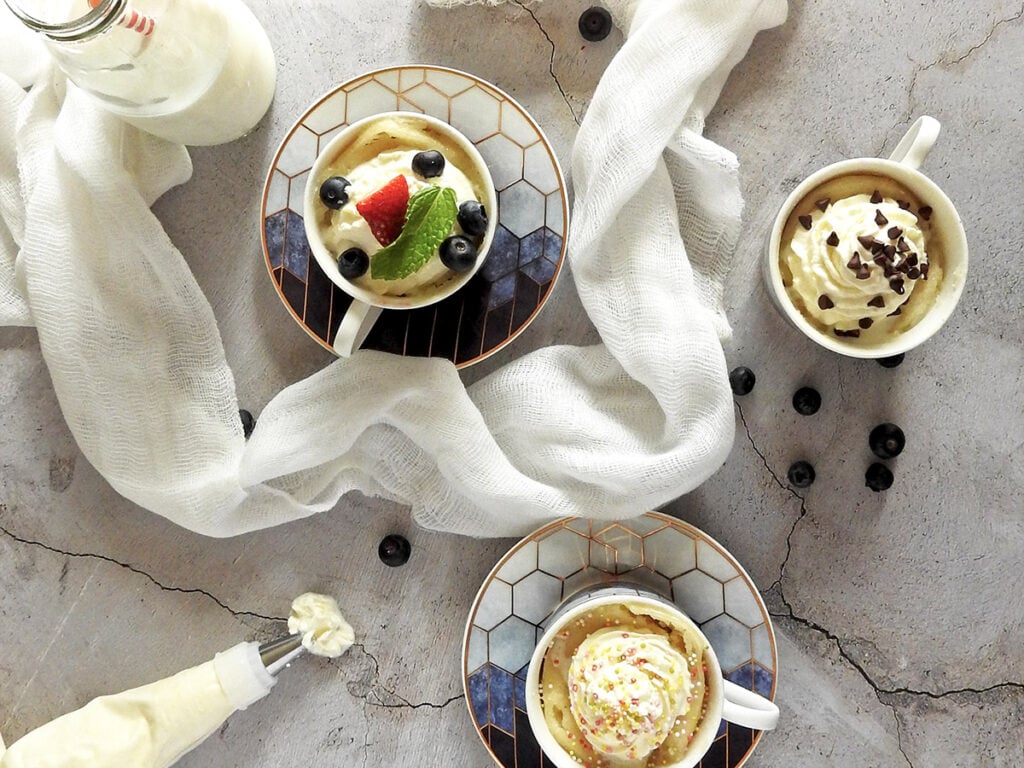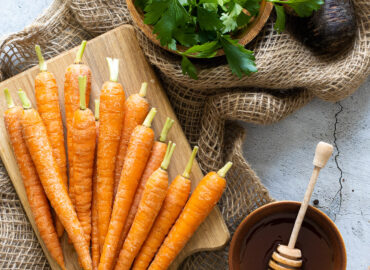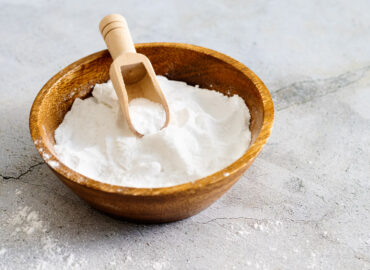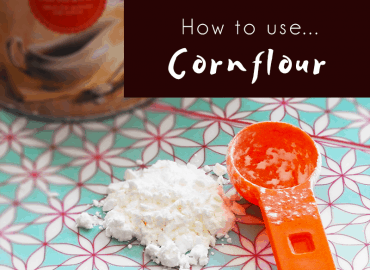*This post may contain affiliate links. Read my disclaimer here. While we may use affiliate links, we would never allow this to influence product listings or recommendations.
Sold as a fine powder in a variety of tins, packets and sachets, what is baking powder all about? If you’re not sure why it is used, when you should use it, what it actually is or how you can substitute it then read on to find out more!
What is in baking powder?
Baking powder contains 3 main ingredients. Bicarbonate of soda (aka baking soda), acid and starch (usually cornflour/cornstarch). It was created in the 1800s to make baking easier. You can also learn more about the differences between baking powder vs bicarbonate of soda here.
Many baked goods use bicarbonate of soda (baking soda) to create a chemical reaction which causes the recipe to ‘rise’ or leaven. When the soda reacts it releases carbon dioxide, the bubbles and gasses from which evaporate in the goods to leave small pockets or gaps in the texture of the food. This gives it that amazing fluffy and delicate texture.
However, to cause the reaction and create carbon dioxide, the soda is required to be mixed with an acid ingredient. Baking powder simplifies this by pairing the soda and acid in the right proportions so that it can be used in recipes without the need to add extra things. The added starch stops the baking soda from reacting before you come to use it.
Over the years baking powder became more and more sophisticated and effective. Now the varieties you will find in the supermarket are double-acting. This means that the powder will react twice as it contains two types of acid. The first will cause a small reaction when you first add it to dough or batter, and the second larger reaction will happen when you bake the goods and it reaches over 60C or 140F.

How much do I need to use?
To raise 120g (1 cup) of flour you will need 1 teaspoon of powder. You can also use this ratio if you have a recipe that calls for self-raising flour. Simply mix plain/all-purpose flour with the baking powder and hey-presto! You have self-raising flour.
Can I use it instead of bicarbonate of soda in a recipe?
You can’t simply swap bicarb of soda/baking soda with baking powder. It is always easier to use the one that the recipe states because:
- Bicarbonate of soda is 4 x stronger than baking powder. Therefore, you will need to reduce the amount needed (although not necessarily an issue in itself).
- Bicarbonate of soda requires an acid to activate it. You’ll require around 125ml or 1/2 cup of acid to be added to the recipe for each 1/4 teaspoon of bicarb. This will certainly affect the taste and end result. However, do note that many ingredients you may not expect contain acid. Even brown sugar, buttermilk and cocoa powder.
Does it expire?
Baking powder loses its effectiveness over time. Depending on the conditions in which it has been kept this could very well be before the best before or expiry date on the package.
Luckily you can check the quality of the powder before you use it. Simply half fill a cup with hot water (above 60C/140F) and add a spoonful of baking powder. If it fizzes and bubbles then it’s good to go. However, if it barely reacts you should throw it out and invest in a new pack.

Looking for some recipes to test your newfound knowledge? Why not try:










